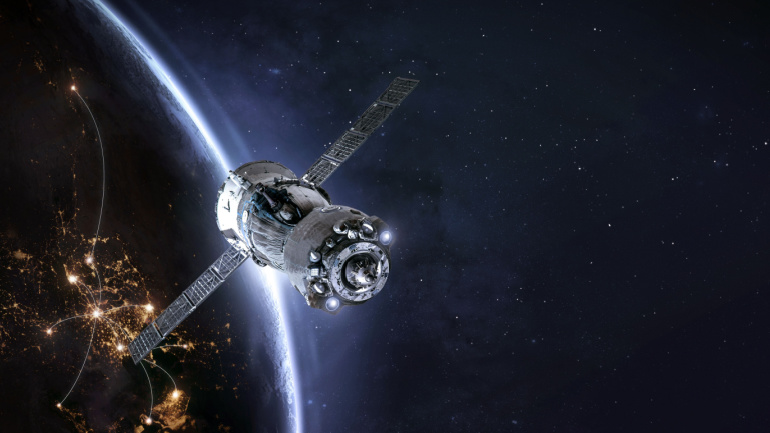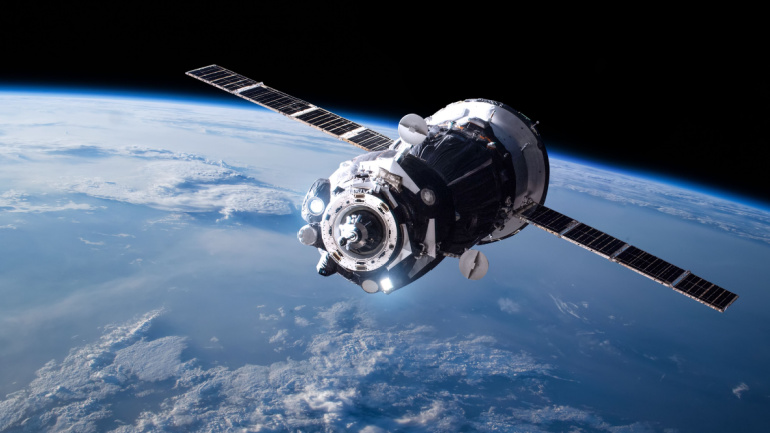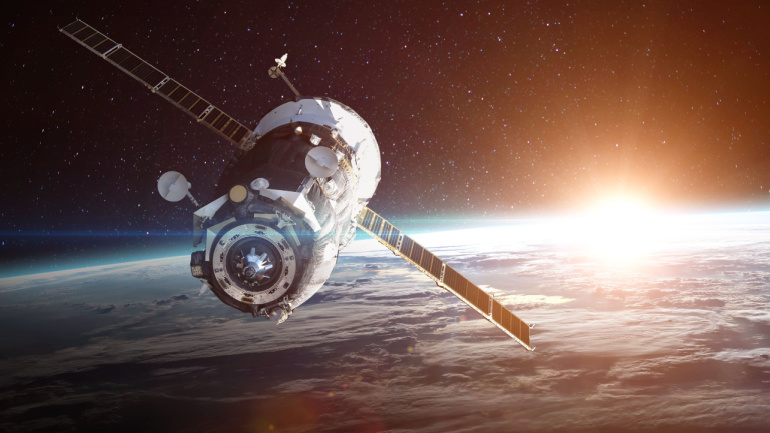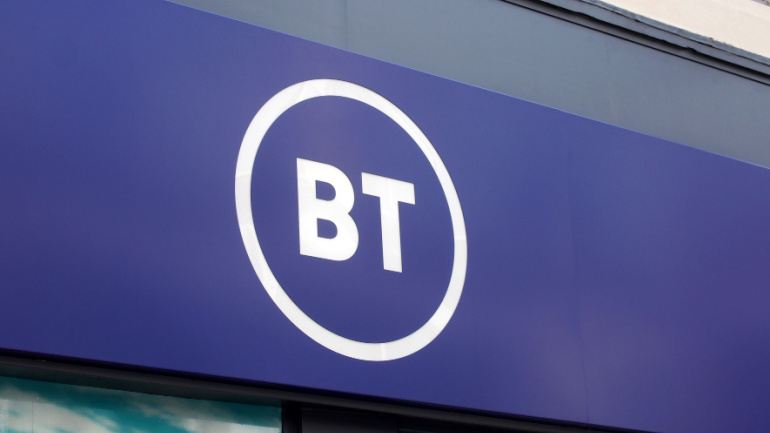Telecommunications operators are increasingly turning to satellite technology to expand 5G coverage, particularly in rural regions, as indicated by new data from the Global mobile Suppliers Association (GSA). However, despite a rising number of partnerships and commercial launches, the market’s growth is slower than anticipated.
Bridging the digital divide in vast and harsh terrains like the Scottish Highlands, VMO2 embarks on a novel approach, utilizing a constellation of Low Earth Orbit satellites from Starlink for critical backhaul services. Bypassing conventional, costly terrestrial infrastructure, VMO2’s tests have proven the potency of satellite technology in improving coverage across the UK.
Intelsat has recently made headlines with several announcements at the Mobile World Congress (MWC), highlighting the evolving role of satellite connectivity in today’s digital world. Among these announcements was the notable expansion of its partnership with Openserve, a South African telecommunications infrastructure provider, to include cutting-edge hardware and enhanced satellite services. This move underscores a broader shift in the satellite connectivity landscape, from a focus on remote areas to a versatile tool for modern telecommunications challenges.
The telecommunications sector leaps forward as KDDI and SpaceX bring a game-changing satellite-to-cellular service, intertwining mobile and satellite technologies. Leveraging SpaceX’s Starlink low-earth orbit satellites and KDDI’s national wireless spectrum, the partnership aims to expand urban connectivity into rural areas. While the innovation promises swift deployment and extensive coverage, it also poses challenges, including the need for costly, satellite-enabled handsets.
In a groundbreaking move, Mavenir is joining forces with Terrestar Solutions, a satellite operator based in Canada, to pioneer a project that seamlessly blends satellite connectivity with Open RAN terrestrial networks. This collaboration, revealed just before the Mobile World Congress (MWC), aims to offer users across the globe uninterrupted connectivity by merging satellite and terrestrial network capabilities.
In an ambitious move to enhance mobile connectivity across Japan, Rakuten Mobile has announced its plan to offer satellite-to-mobile services by 2026, partnering with AST SpaceMobile. This initiative aims to leverage AST SpaceMobile’s space-based cellular broadband network, enabling direct access to smartphones for text messaging, voice, and data services.
In a significant development for remote connectivity, Telstra, the Australian telecom giant, has initiated the transition of its remote mobile sites to the low Earth orbit (LEO) satellite network provided by Eutelsat OneWeb. This move marks a departure from the traditional geostationary (GEO) satellites, aimed at reducing latency issues and meeting the growing demand for real-time services among customers.
In a groundbreaking move, Viasat, Inc., alongside Terrestar Solutions, Ligado Networks, Omnispace, and Al Yah Satellite Communications Company (Yahsat), have come together to announce the formation of the Mobile Satellite Services Association (MSSA). This new consortium is set to enhance and promote the burgeoning Direct-to-Device (D2D) communication landscape, promising to deliver unprecedented scale and diversity in mobile satellite services.
In a significant development in the field of satellite communications, Hellas Sat has joined forces with Thales Alenia Space, a collaboration between Thales and Leonardo, under a newly signed Memorandum of Understanding. This agreement marks the beginning of their joint venture on a pioneering optical communication satellite project.
BT’s recent talks with SpaceX to leverage Starlink’s LEO satellite fleet for remote connectivity in the UK has sparked curiosity, especially given BT’s current partnership with OneWeb, Starlink’s competition. It’s speculated that Starlink’s innovative direct-to-device capabilities, which promise unblemished global coverage without a need for a terminal, could be the allure.













